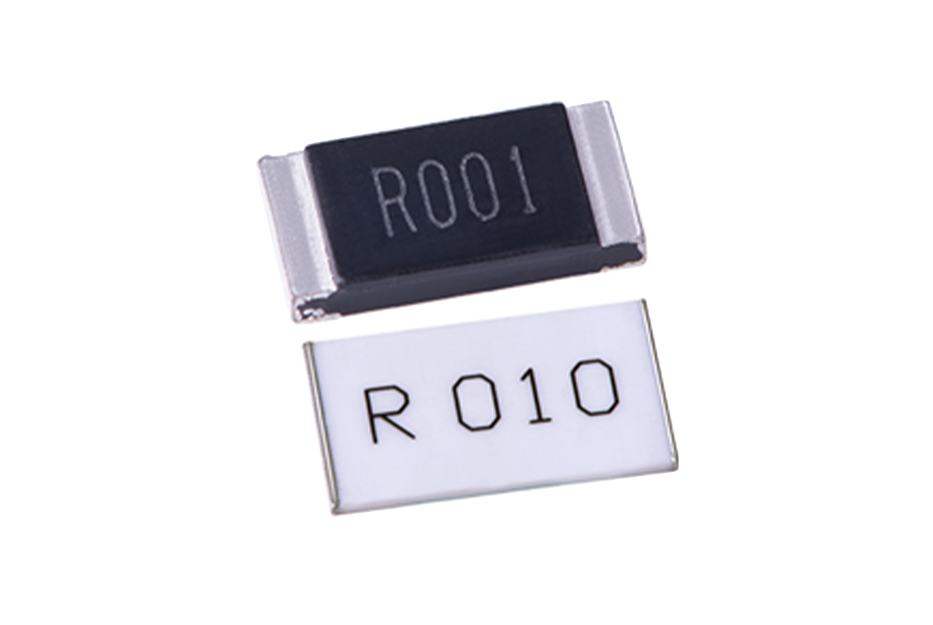1. The meaning and characteristics of low resistance resistance
Low resistance refers to a resistor with a lower resistance value. Compared to high resistance resistors, low resistance resistors have smaller resistance values, typically ranging from milliohms (m Ω) to microohms( μ Within the range of Ω. The main characteristics of low resistance resistors include:
a. Low resistance value: Low resistance values have a smaller resistance value, usually ranging from milliohms (m Ω) to microohms( μ Within the range of Ω.
b. Small power capacity: Due to the small resistance value of low resistance hnstshop.com/" target="_blank" rel="noopener">resistors, they can withstand relatively small power capacity.
c. Good high-frequency characteristics: Low resistance resistors have good characteristics in high-frequency circuits and have less attenuation of signals.
d. Poor thermal stability: Low resistance resistors have relatively poor thermal stability and are easily affected by temperature changes.
Application fields of low resistance resistors
Low resistance resistors have small resistance values and good high-frequency characteristics, making them widely used in the following fields:
a. High frequency communication circuit: Low resistance resistors have good performance in high frequency communication circuits, which can reduce signal attenuation and improve transmission efficiency.
b. RF circuit: Low resistance resistors have good high-frequency characteristics in RF circuits, which can reduce signal attenuation and improve signal quality.
c. Power circuit: Low resistance resistors can be used to regulate current and voltage in the power circuit, achieving voltage stabilization and filtering functions.
d. Instrumentation: Low resistance resistors can be used in instruments to measure parameters such as current and voltage, improving measurement accuracy.
How to choose a good low resistance resistor
Choosing a good low resistance resistor requires considering the following factors:
a. Resistance range: Select an appropriate resistance range according to the circuit requirements to ensure that the resistance of the resistor meets the circuit requirements.
b. Power capacity: Select the appropriate power capacity according to the circuit requirements to ensure that the resistor can withstand the corresponding power.
c. Thermal stability: Select resistors with good thermal stability to ensure normal operation in high-temperature environments.
d. Accuracy requirements: Select resistors with appropriate accuracy according to the circuit accuracy requirements to ensure the accuracy of measurement results.
e. Packaging form: Select the appropriate packaging form of resistors according to the circuit requirements to ensure that the resistors can adapt to different installation environments.
conclusion
Low resistance resistor is a type of resistor with lower resistance value and better high-frequency characteristics, widely used in high-frequency communication circuits, RF circuits, power supply circuits, and other fields. When selecting low resistance resistors, it is necessary to consider factors such as resistance range, power capacity, thermal stability, accuracy requirements, and packaging form to ensure that the resistor can meet circuit requirements.
List of Low Resistance Resistance Selection: Click on the image to enter the selection center

 2.png" alt="" width="300" height="200" />
2.png" alt="" width="300" height="200" />


